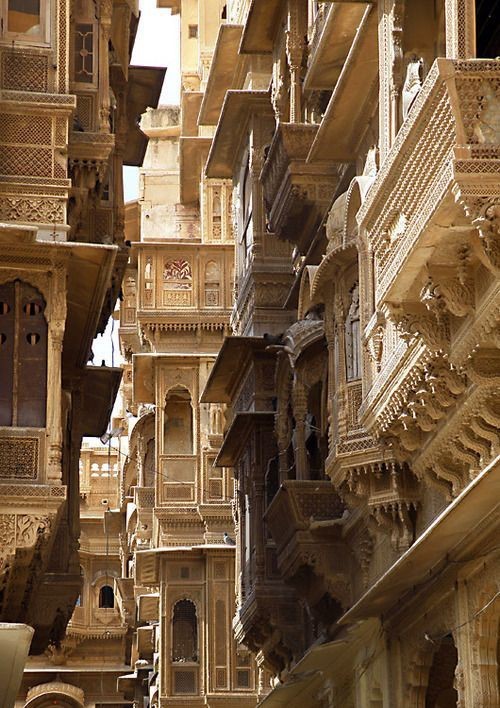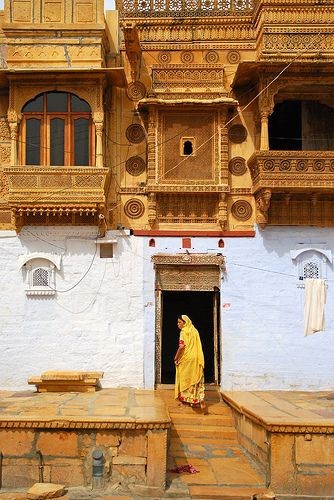Latest Posts by uttermonstrosity - Page 2
Finn changing the script while Noah holds the duffers back by arguing about his wig.

Things Desiblr made me realise & do :
That it's actually really cool to be a Desi .
Old Bollywood movies >>>>
Every Desi girl should wear saree and wear bindi and feel like a retro Indian movie star.
Indian history supports queer people , so whenever your aunt is being homophobic , proudly say her , she knows nothing !!!!! If you wanna know more read "Shikhandi " by Devdutt Pattanaik .
What as an Indian man are you doing if you aren't writing poetry?
That nothing can compare to Indian humour .
Indian goddess are the actual baddies .
Haseena's and brown munde's >>>>> rest of population.
Ittar >>> perfume .
Urdu & Persian poetry are top tier .
Kannada devotional writers like Akka Mahadevi are like diamond in the dust .
A gajra >>>french kiss.
Jasmine & lotus are not just flowers .
Pasoori rules the world right now .
Be free like Geet and bounce back like Bulbul .
Madhubala is the embodiment of being gorgeous and cute at the same time .
Rekha is a Siren .
Learning Sanskrit is a rich experience .
Draupadi's vengeance created wars , so can yours .
Kishore Kumar for rain , Lata Mangeshkar for prem .
Alka Yagnik for feeling confident .
Indian rap is richer and sounds more poetic .
96 sanskrit words for love >>>>> the word love .
South Indian movies have the perfect balance of romance and action .
Khanjar is mightier than a sword.
Ye Maharani banke kaha ja rahi hai >>>> you look beautiful honey.
The tension between me and a cute boy at a puja pandal >>>>>>> speed of the earth rotation .
Gold >>>> any other metal
Chandni raat is for romance .
Talk to me in ghazals and geets only !
And many more .......
Writing this made me love being an Indian more !!!!!
If you want add yours , I'd love to read.
Kashaf from Zindagi Gulzar Hai is og desi dark academia representation
everything fawad khan and zayn do are for the girls,the gays, and the desi salon shops thats it
do the people in power in India, Pakistan and Bangladesh know that the kids of their countries altogether call themselves desi on tumblr???
coke studio has done more for india pakistan relations than the UN
a blog: *follows me*
me, an aged monarch lounging on my fur-strewn throne, gesturing for my servant to bring me my monacle: Bring them here! Bring them here, I say. Let me look at them.
guards: *drag the unwitting blog before me*
me, peering intently at the new blog and poking them with my scepter: Is this a real person? Hmm? What have you to say for yourself? What are your fandoms? Your interests? Speak up, these old ears aren’t what they used to be.
guards, tentatively: they do seem to be a real person, sire. We found them in possession of several memes and a fandom rant.
me, subsiding back into my sumptuous furs and waving them away: most extraordinary. It has been an age since there was a real person, but just as well, the dungeons have been overflowing with those tacky pornbots. This newcomer may remain in my domain. Make them welcome. And fetch me a quill! I feel a ficlet coming on…
Jhumkas...
We're all aware of Desi Academia's obsession with Jhumkas, but let's take a look at some other types of earrings from the subcontinent that deserve the same amount of love and appreciation.
Note: Some people might use the term Jhumka to refer to any and all styles of earrings, but in actuality, only the bell-shaped earrings are qualified to be called Jhumkas!
Bali
Balis or hoop earrings come in a wide variety of sizes and embellishments which can be appropriate for anything from daily wear to festive wear.

Punjabi Peepal Patti Balis
Chandbali
Chandbalis are the jeweled interpretation of the crescent moon. Worn by Mughal and Rajput women in the medieval period.

Pearl-embellished enamel Chandbalis
Dhungri
Traditional Nepalese earrings worn in the centre of the ear, usually circle or square-shaped. A rare kind of Dhungri is the Kan ("ear") Dhungri, which replicates the shape of the ear.


Dhungri (L) Kan Dhungri (R)
Bugadi
Earrings worn on the upper rim of the ear by people along the Western coast of India, specifically Maharashtra and Karnataka.

Imitation gold Bugadi with peacock motif
Passa
Passa (or Jhumar) is a head ornament that has its origin in the Mughal period and is pinned to one side of the head. The Passa-style earring is basically the same, but in earring form.

The Passa (R) Passa-style earrings (L)
Thuriya
Thuriya is a form of Assamese jewellery worn by aged women. The design symbolises a lotus with a heavy stem adorned with gemstones and exquisite meenakari.


Floral Thuriya with meenakari work
Bonus: Sahara Chain
Sahara ("support") chain or ear chain is a type of ornament which is worn by attaching it to an earring on one end, and to the hair of the wearer on the other. It provides support to the earring, thereby lifting some of the weight off the ears.

Three-strand gold sahara chain with peacock motif Jhumkas
Feel free to expand this list!
All images belong to their respective owners.
I have reverted back into my "I'm gonna watch dead poets society every night until I'm sick of it" phase
charlie dalton is a pen chewer; all of his pens have the lids bitten and plastic hook thingies bent, the ends of his pens are often shred before the end of the week. however, when cameron lends him a pen he never chews it he always wants it to remain in the most perfect condition just because he knows how richard likes everything orderly and he always likes seeing cameron’s reaction to him giving the pen back in perfect condition (its always a little crooked smile that charlie cherishes more than life itself)
no i don’t think u understand how hot i am, i’m literally so attractive it’s hurting me
- charlie dalton, while crying. probably.
Sarfaroshi ki tamanna ab hamaare dil mein hai Dekhna hai zor kitna baazu-e-qaatil mein hai
Karta nahin kyun doosra kuch baat-cheet Dekhta hun main jise woh chup teri mehfil mein hai Aye shaheed-e-mulk-o-millat main tere oopar nisaar Ab teri himmat ka charcha ghair ki mehfil mein hai Sarfaroshi ki tamanna ab hamaare dil mein hai
Waqt aanay dey bata denge tujhe aye aasman Hum abhi se kya batayen kya hamare dil mein hai Khainch kar layee hai sab ko qatl hone ki ummeed Aashiqon ka aaj jumghat koocha-e-qaatil mein hai Sarfaroshi ki tamanna ab hamaare dil mein hai
Hai liye hathiyaar dushman taak mein baitha udhar Aur hum taiyyaar hain seena liye apna idhar Khoon se khelenge holi gar vatan muskhil mein hai Sarfaroshi ki tamanna ab hamaare dil mein hai
Haath jin mein ho junoon katt te nahi talvaar se Sar jo uth jaate hain voh jhukte nahi lalkaar se Aur bhadkega jo shola-sa humaare dil mein hai Sarfaroshi ki tamanna ab hamaare dil mein hai
Hum to ghar se nikle hi the baandhkar sar pe kafan Jaan hatheli par liye lo barh chale hain ye qadam Zindagi to apni mehmaan maut ki mehfil mein hai Sarfaroshi ki tamanna ab hamaare dil mein hai
Yuun khadaa maqtal mein qaatil kah rahaa hai baar baar Kya tamannaa-e-shahaadat bhi kisee ke dil mein hai Dil mein tuufaanon ki toli aur nason mein inqilaab Hosh dushman ke udaa denge humein roko na aaj Duur reh paaye jo humse dam kahaan manzil mein hai
Wo jism bhi kya jism hai jismein na ho khoon-e-junoon Kya lade toofaanon se jo kashti-e-saahil mein hai
Sarfaroshi ki tamanna ab hamaare dil mein hai. Dekhna hai zor kitna baazuay qaatil mein hai.
The desire for revolution is in our hearts Let us see what strength there is in the arms of our executioner
Why do you remain silent thus? Whoever I see, is gathered quiet so… O martyr of country, of nation, I submit myself to thee For yet even the enemy speaks of thy courage The desire for struggle is in our hearts…
When the time comes, we shall show thee, O heaven For why should we tell thee now, what lurks in our hearts? We have been dragged to service, by the hope of blood, of vengeance Yea, by our love for nation divine, we go to the streets of the enemy The desire for struggle is in our hearts…
Armed does the enemy sit, ready to open fire Ready too are we, our bosoms thrust out to him With blood we shall play Holi, if our nation need us The desire for struggle is in our hearts…
No sword can sever hands that have the heat of battle within, No threat can bow heads that have risen so… Yea, for in our insides has risen a flame, and the desire for struggle is in our hearts…
Set we out from our homes, our heads shrouded with cloth, Taking our lives in our hands, do we march so… In our assembly of death, life is now but a guest The desire for struggle is in our hearts…
Stands the enemy in the gallows thus, asking, Does anyone wish to bear testimony?… With a host of storms in our heart, and with revolution in our breath, We shall knock the enemy cold, and no one shall stop us…
What is that body that does not have hot blood in it, How can a person conquer a Typhoon while sitting in a boat near the shore.
The desire for struggle is in our hearts, We shall now see what strength there is in the boughs of the enemy.
Sarfaroshi Ki Tamanna by Bismil Azimabadil (1921)
This poem is an ode to the young freedom fighters of the independence movement in India. This became a war cry during the British Raj.
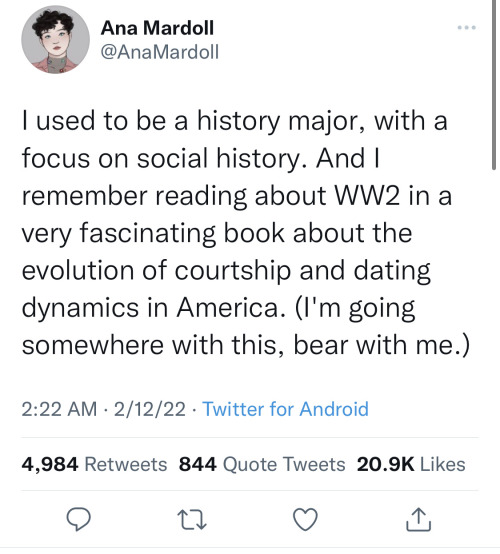
.
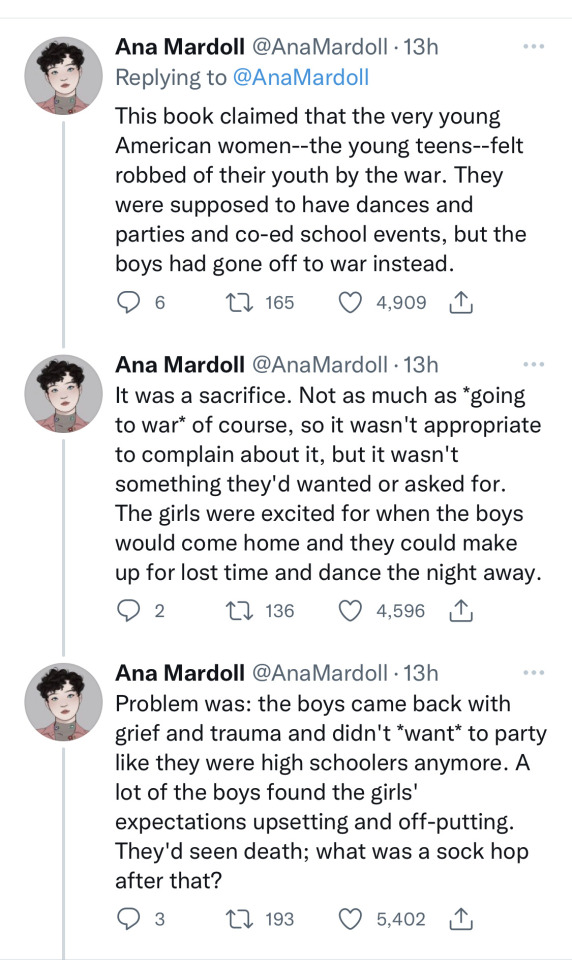
.
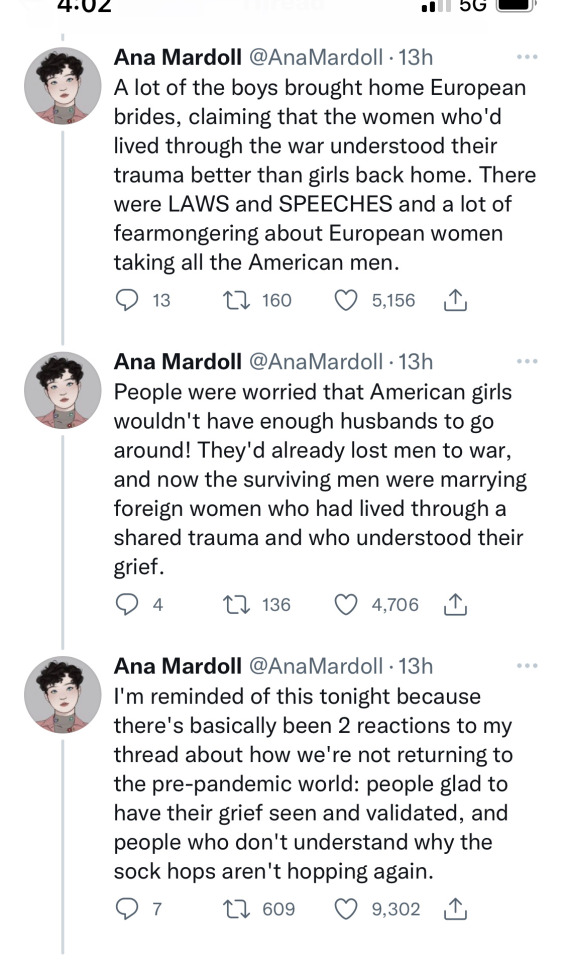
.
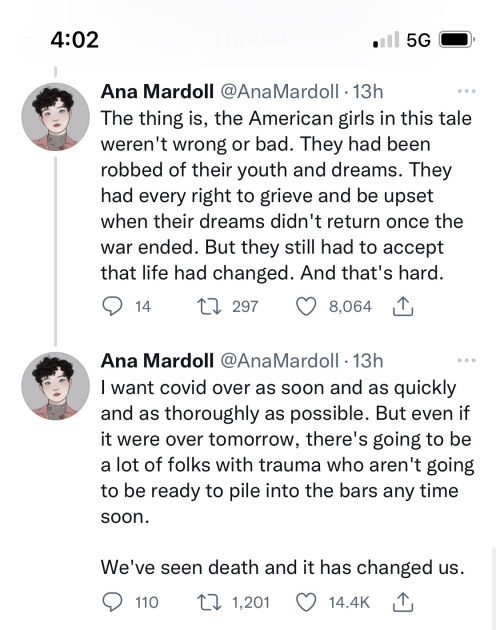








Mukaish or Muqaish work is a form of embellishment work in which strips of metallic wire are inserted into the fabric and then twisted to create metallic embroidery. This type of embroidery involves twisting thin metallic threads to create patterns all over the fabric. Traditionally, real silver and gold were used, but is increasingly being replaced with cheaper metals.
The metal that is used in the Mukaish work is usually in the shape of a wire. The metal is first stretched into strips and then passed through the fire so that metal takes on different hues. After this, metal is then cut into wires of finer breadths. Next, the wires are beaten using a small hammer so that the density of the wire is almost paper thin. Only when such density is achieved the wire can be weaved in and out of something as delicate as a fabric. Once the embroidery work is complete, the fabric is spread out flat. The embroidery is then flattened and brightened thoroughly over with a glass bottle or cowrie shells. This is done to work out any lumps in the embroidery. It also burnishes the metal and leaves it brighter and shinier.
1 / 2 / 3 / 4 / 5 / 6 / 7 / 8 / 9 | textile series
thinking of getting glasses like neil
just gave an interview for the IB program at school and i think it went well.manifesting acceptance mail
the last one especially
niche things I love about Indian culture
(Besides the awesome fashion, food, mythology, architecture, music, and philosophies)
-in Hindi, “ladies and gentlemen” is “goddesses and gentlemen” (देवियों और सज्जनो)
-how you measure age by how many monsoons you’ve seen (“he is of 10 monsoons”)
-good morning WhatsApp forwards. Yes, this is a controversial one. I just think it’s cute as hell
-how 2 Indians can each know like 4 languages but still not be able to communicate with each other because they don’t share a single common one
-men wearing lots of jewellery especially gold hoop earrings 👀👌🏽
-nose rings (I got mine when I was a kid WITH my parents’ approval)
-the fact that Indian English uses so many archaic words and terms. And also so many terms that sound like they’re from the year 2050 (like “biodata” for resume)
-“where should I put this?” “On my head.”
-the expression “sucking my blood” in Punjabi when someone is annoying you. “Stop sucking my blood,” “He’s really sucking my blood.” Also “He’s eating my brain” in Hindi is a good one too
-how shop owners serve you food and chai and how the men drape saris over themselves to model them for you
-impromptu poetry sessions (“वह क्या बात है!”)
-there’s a reason so many animes are inspired by Hinduism and Buddhism. The original spirit bombs and other magical energy weapons were in the mahabharat lol
-really off the wall units of measurement. Lakh makes perfect sense. Crore makes a bit of sense. But why is a mahakalpa 311,040,000,000,000 years. Why does an akshauhini consist of 21,870 chariots; 21,870 elephants; 65,610 horses and 109,350 infantry. That is so specific
-the fact that no one’s gonna top the party we’re gonna throw when the queen dies
i just found a couple of CDs from middle school and godd the nostalgiaaa
almost every bollywood movie after 2016 has such a shitty plot but the songs are out of this world










Jamdani (Bengali: জামদানি), also known as Dhakai named after the city of Dhaka, is a fine muslin textile developed in Narayanganj in Bangladesh. Jamdani is a woven with thread in cotton, using a supplementary weft technique of weaving, where the artistic motifs are produced by a non-structural weft, in addition to the standard weft that holds the warp threads together. The standard weft creates a fine, sheer fabric while the supplementary weft with thicker threads adds the intricate patterns to it. Each supplementary weft motif is added separately by hand by interlacing the weft threads into the warp with fine bamboo sticks using individual spools of thread. The result is a complex mix of different patterns that appear to float on a shimmering surface. The pattern is not sketched or outlined on the fabric, but is drawn on a graph paper and placed underneath the warp. Jamdani is a fine muslin cloth on which decorative motifs are woven on the loom, typically in grey and white. Often a mixture of cotton and gold thread is used.
1 / 2 / 3 / 4 / 5 / 6 / 7 / 8 / 9 / 10 / 11 | textile series






Color study from film scenes
.
https://www.instagram.com/rehnuma_art/
https://www.artstation.com/rehnuma_proshoon
https://www.facebook.com/rehnuma.D.art
y
a
do i wanna be her or be with her?



Parveen Babi




